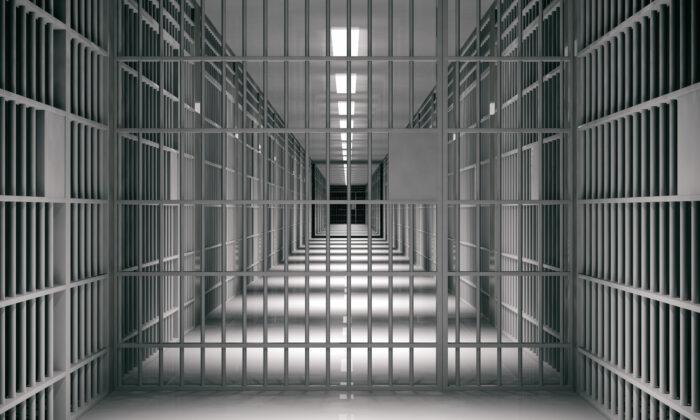A new report has shown that Australia’s imprisonment rate has increased by nearly 50 percent since 2000 and is above all Western European countries and Canada, yet instead of reducing crime, it has only led to higher rates of reoffending.
Australia now imprisons more people than at any time since 1900, costing taxpayers over $3.6 billion ($US 2.4 billion) annually or $110,000 per prisoner per year.
Released on March 1 by the Justice Reform Initiative, an alliance of former parliamentarians, Aboriginal leaders, judicial figures and experts, the report found the increase in prisoners was “driven by systemic failings and policy and legislative choices that end up funnelling people … unnecessarily into imprisonment.”
“[It] shows very clearly that imprisonment does not work to reduce crime, does not work to rehabilitate, and does not work to make the community safer,” Justice Reform Initiative executive director Mindy Sotiri said.
Western Australia (WA) has an imprisonment rate of 325 prisoners per 100,000 adults, making it second only to the Northern Territory, and well above the national average of 214 per 100,000.
Since 2012, the prison population in WA has ballooned by nearly 30 percent.
Nearly two-thirds of prisoners in WA have been imprisoned before, and this figure increased by six percent in the past decade.

Sotiri said that investment in early prevention, diversion, and evidence-based alternatives outside of the justice system rather than in prisons would far better serve taxpayers.
“WA’s policy response to increasing numbers of people in prison has been to throw more money into the existing criminal justice model, even though all the evidence tells us this model isn’t working,” she said.
Australia’s Prison Dilemma

Australia’s Productivity Commission representative Stephen King said that the country’s imprisonment rate is out of line with other developed countries.
“A substantial sub-group of the Australian prison population appears to be stuck in a prison-crime-prison revolving door.”
He recommended a range of options that have been trialled both in Australia and overseas.
“For example, home detention, with strict electronic monitoring and supervision, has been found to cost around one-fifth of imprisonment. It can result in a long-term improvement to community safety due to reduced reoffending,” King said.
Australia Needs to Rethink High-Security Prisons
Criminologist and senior research fellow from the Australian National University’s Research School of Psychology, Clarke Jones, PhD, previously told The Epoch Times that the high-security prison systems, which are seen across Australia, have been shown, by recidivism rates (rates of resentencing), not to be effective.“We’ve got to look at alternatives to youth detention; the cycle of crime is really born in some of the youth detention, and so, keeping younger people out of prison would be absolutely crucial.”
He also said that Australia should minimize its use of high-security facilities.





